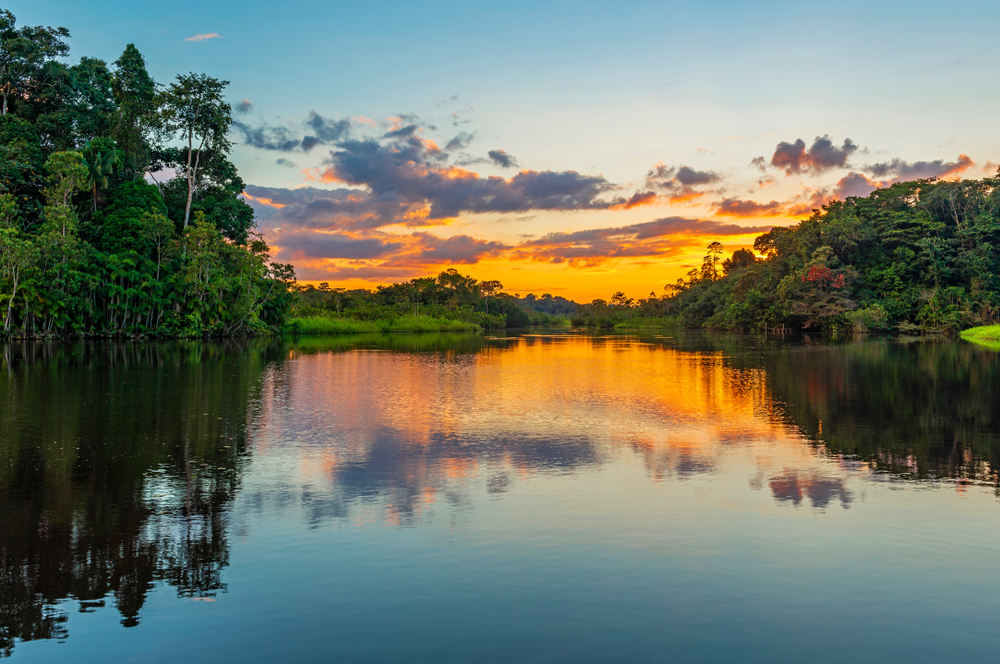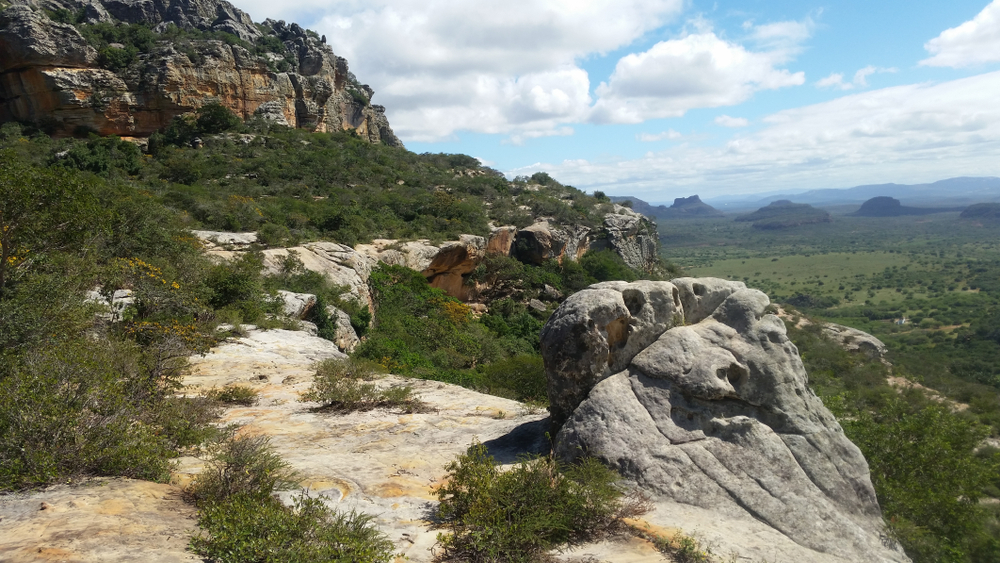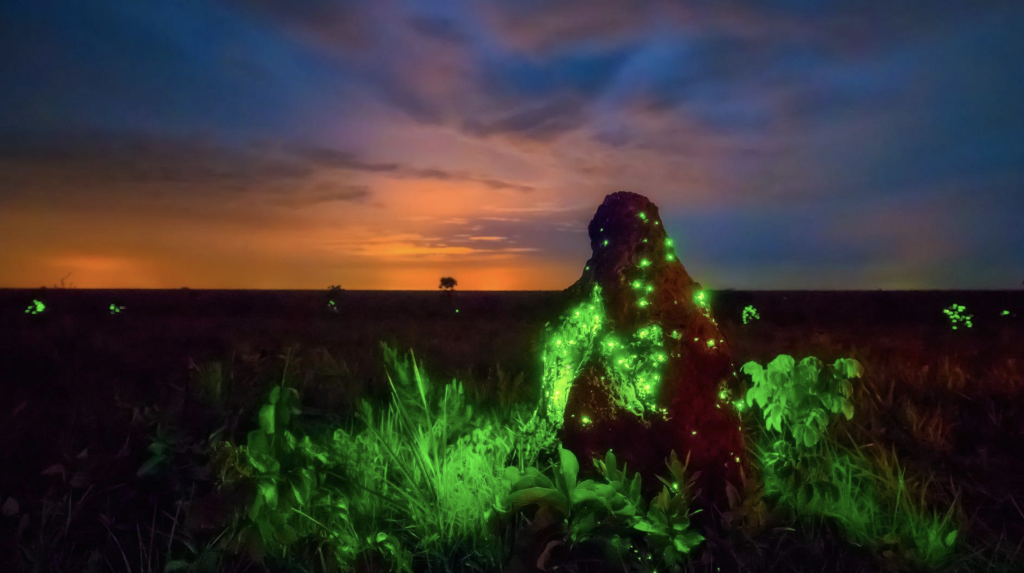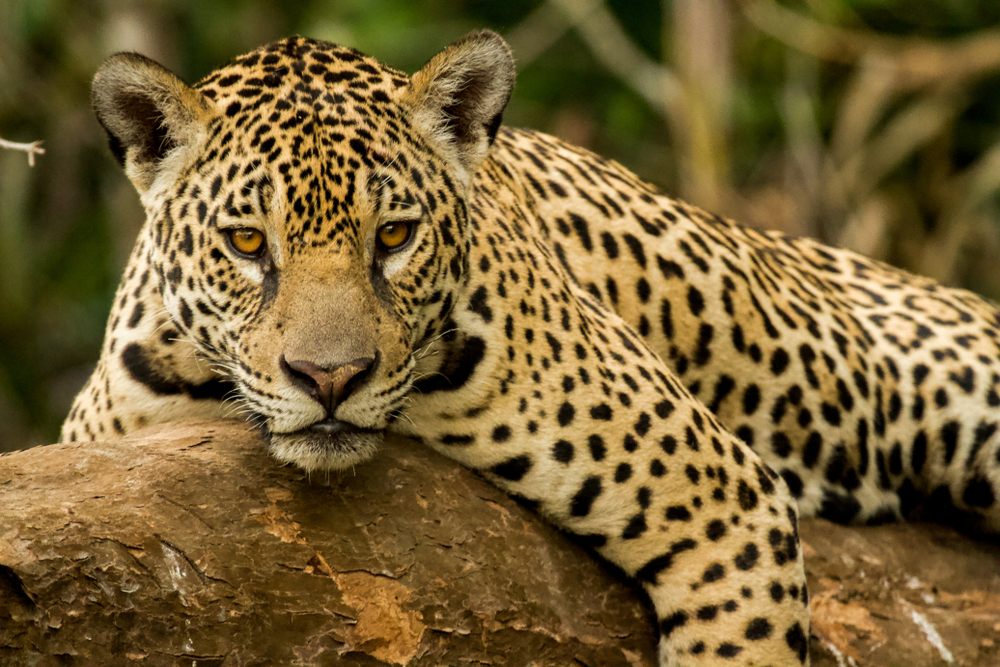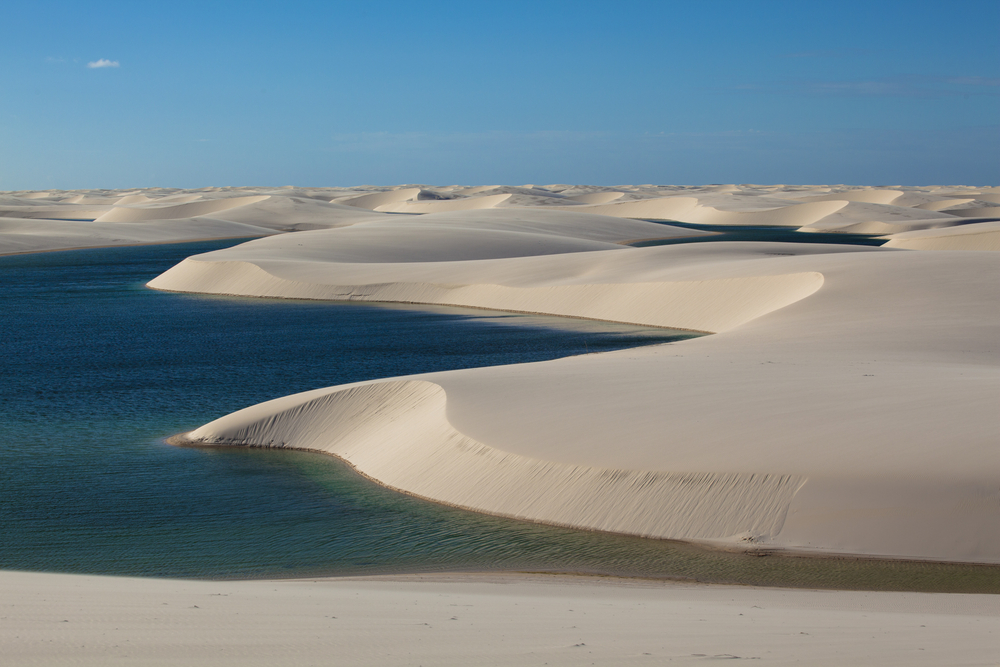Jamanxim Overview
Jamanxim National Park, known locally as Parque Nacional do Jamanxim, is a vast protected area located in the northern region of Brazil, within the state of Pará. The park spans approximately 5,321 square miles, or about 13,792 square kilometers, and lies in the heart of the Amazon Basin.
Established in 2006, Jamanxim forms part of a critical network of conservation areas in the Amazon and plays a pivotal role in safeguarding one of the most biodiverse ecosystems on Earth. It is situated near the municipality of Novo Progresso and is bordered by other protected zones, creating an expansive corridor essential for wildlife migration and forest connectivity.
The landscape of Jamanxim is primarily composed of dense Amazonian rainforest, interspersed with river systems, floodplains, and gently undulating terrain. Towering trees with thick canopies dominate the forest, while the understory is teeming with ferns, lianas, and epiphytes.
Numerous rivers and streams, including parts of the Jamanxim River itself, snake through the park, supporting lush vegetation and creating habitats for aquatic and terrestrial species alike. Though there are no towering peaks or major waterfalls within the park, the natural beauty of the dense forest and riparian zones offers an awe-inspiring experience for nature lovers and researchers.
Jamanxim National Park hosts an extraordinary diversity of wildlife, reflecting the richness of the Amazon biome. Among the mammals that may be encountered are jaguars, pumas, tapirs, giant anteaters, and several species of monkeys such as the howler and capuchin monkeys.
The park also provides habitat for the endangered giant armadillo and bush dogs. Birdwatchers are drawn to the area for its vibrant birdlife, which includes species like the harpy eagle, scarlet macaw, and various toucans and hummingbirds. The combination of canopy and riverine habitats supports hundreds of bird species, many of which are rare or endemic.
Popular features of the park include its pristine rainforest environment and its crucial role in preserving ecological integrity within the Amazon. While the park does not offer traditional tourism infrastructure like lodges or guided trails, its value lies in its remoteness and near-pristine condition.
It attracts researchers, environmentalists, and adventure-seeking visitors who are drawn to its wild and untamed nature. Access is challenging, which helps preserve its ecosystems but also limits casual tourism.
Visitors can engage with the park through scientific expeditions, birdwatching, and limited eco-tourism experiences coordinated with conservation groups and local communities. Canoeing along river corridors, wildlife observation, and photography are among the key ways to experience Jamanxim’s natural offerings.
Partnerships with academic institutions and environmental NGOs have enabled more structured visits, particularly for conservation education and biodiversity research.
Jamanxim faces significant conservation challenges, including illegal logging, land grabbing, and pressure from infrastructure development such as road expansion and hydroelectric projects. Despite its status as a national park, enforcement has historically been under-resourced, making parts of the park vulnerable to encroachment.
However, there have been successful efforts led by environmental agencies and civil society to monitor deforestation using satellite imagery and to push for stronger protective measures. Continued conservation work, legal advocacy, and community engagement are vital to securing the future of Jamanxim National Park as a sanctuary for Amazonian biodiversity.











































































